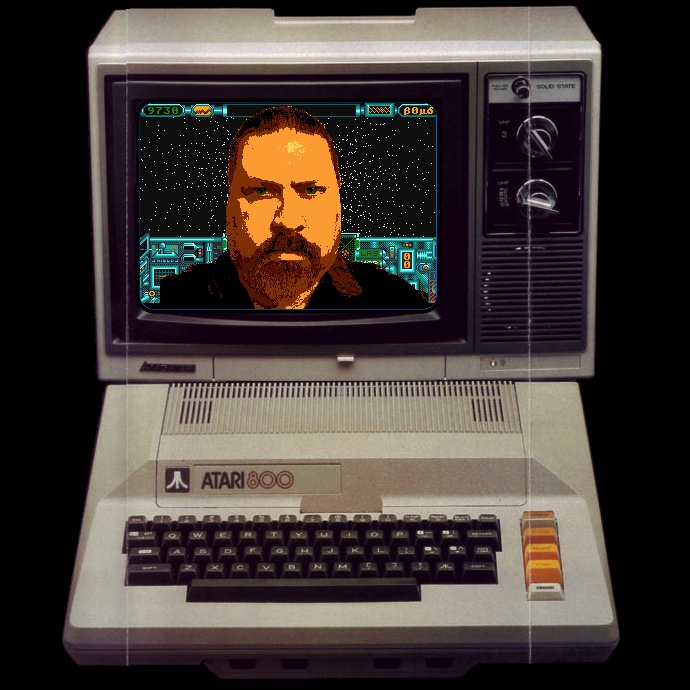I don’t really know how to structure this question, but yeah, why is always Naval and never Aviation?
I think most generally it’s because naval analogues are probably the closest when you’re talking about large space-based fighting vessels. The air force doesn’t operate aircraft carriers, battleships, or destroyers. The navy, however, does (or did in the case of battleships). Those large sea based vessels often class quite nicely into a lot of sci-fi media for large ships.
The small ships you see are often based off of a carrier equivalent. Even when they’re terrestrially based, it makes a lot of sense to streamline your military structure to have just one “space force”, rather than trying to break it up into two entities like the “space navy” and “space air force”, each with their own standards and logistical supply networks.
That’s always been my take. The Navy has the experience with big-ship operations, and operating smaller craft from those large ships, and it’s supply and logistics would likely evolve from ocean to space faring ships.
The Marines are historically an amphibious force, an extension of the Navy, specialized in ship-to-ship and ship-to-shore operations; ship-to-surface would be the evolution of that.I think this is mainly it.
Additionally, aviation terminology is often very specialized, usually pertaining to aerodynamics and the like. But ship terminology is often more general.
For example, airplanes have aerofoils and control surfaces, where ships (both space and maritime) have thrusters.
I want a meme where the air force is like “we conquered the skies, next is space!” And the Navy is like guess what MFers.
Because people don’t live in an airplane together for long periods of time. Pilots in sci fi are often aviation themed, but captains are naval because spaceships beyond our current level are closer to battleships, cruise ships, or aircraft carriers than fighter jets or passenger liners.
Because they’re way more like ships than they are planes – Planes don’t stay in the air indefinitely or take long voyages, have large crews, etc – They often treat the fighter pilot space ship people like AF though – Like if I have a ‘carrier’ with a bunch of smaller ships on it
The purpose of Air Force is to monitor the skies, project power at a distance, and provide air superiority.
The purpose of Navy is to put a floating fortress off your shore and bombard your cities, carry around materiel, men, and aircraft, and patrol a vast volume of ocean.
So Navy structures fit the mission better, and this has been true since early SF.
In addition to what the others have said, in real life, international space law was based on maritime law. They even based directions on maritime law as the sailors used the stars to navigate, and that’s all you have in space to navigate with. So rockets and spacecraft call their directions the same as ships and sailing vessels, they have a port and starboard side, a bow and stern, up is zenith, down is nadir.
Fun fact the actual directions have some cool historical meanings. Nadir is the lowest point in elevation in the surrounding area, aka the bottom of the boat, and zenith is the area directly above you. So you could measure your latitude by measuring a star’s position relative to your zenith. Port was the side you docked on, because your steering oar was on your right. Starboard is a bastardization of the word stéorbord which is what the steering oar was called.
I always had assumed Starboard being the opposite of port meaning you were navigating away from your home port to the stars.
I wonder if it has much to do with the USAF being a relatively new service with a proportional cultural impact, coming into being as a service in 1947. Up until then, combat aviation was subordinate to the Army and Navy. This would point to a preponderance of Army/Navy WWII vets among the show’s consultants and audience.





